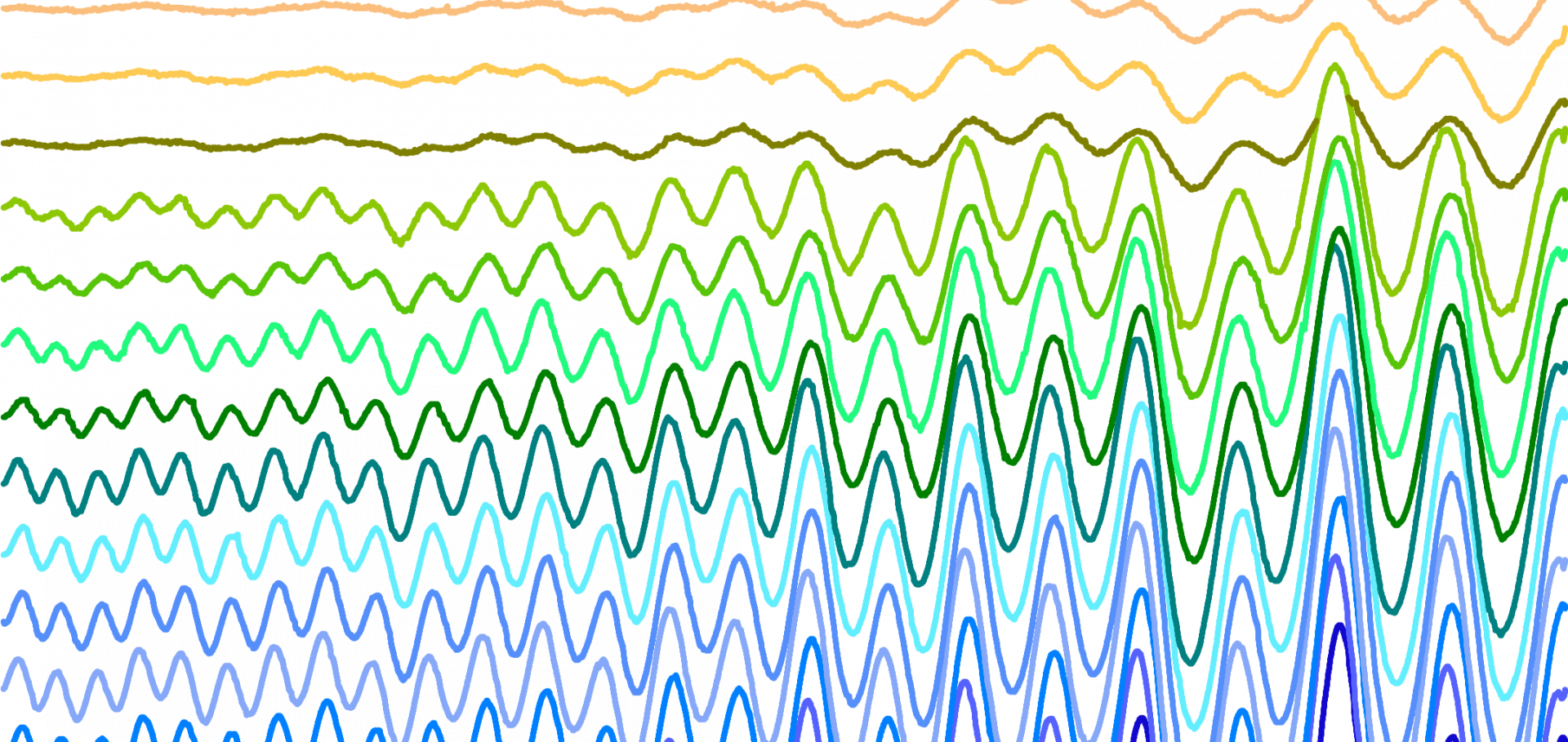Fermi-surface topology and the effects of intrinsic disorder in a class of charge-transfer salts containing magnetic ions: β″-(BEDT-TTF)4[(H3O)M(C2O4)3]Y (M = Ga, Cr, Fe; Y = C5H5N)
Physical Review B Condensed Matter and Materials Physics 69:8 (2004)
Abstract:
We report high-field magnetotransport measurements on β″-(BEDT-TTF)Structural and Magnetic Properties of Polypyrrole Nanocomposites
Molecular Crystals and Liquid Crystals Taylor & Francis 417:1 (2004) 235-243
Non-adiabatic small polaron hopping in the n = 3 ruddlesden-popper compound Ca4 Mn3 O10
Journal of Physics Condensed Matter 15:40 (2003) 6817-6833
Abstract:
Magnetotransport properties of the compound Ca4Mn3 O10 are interpreted in terms of activated hopping of small magnetic polarons in the non-adiabatic regime. Polarons are most probably formed around Mn3+ sites created by oxygen sub-stoichiometry. The application of an external field reduces the size of the magnetic contribution to the hopping barrier and thus produces an increase in the conductivity. We argue that the change in the effective activation energy around TN is due to the crossover to variable range hopping conduction as antiferromagnetic order sets in.Fermi-surface topology and the effects of intrinsic disorder in a class of charge-transfer salts containing magnetic ions, \beta''-(BEDT-TTF)_4[(H_3O)M(C_2O_4)_3]Y
(2003)
Non-adiabatic small polaron hopping in the n=3 Ruddlesden-Popper compound Ca4Mn3O10
(2003)


